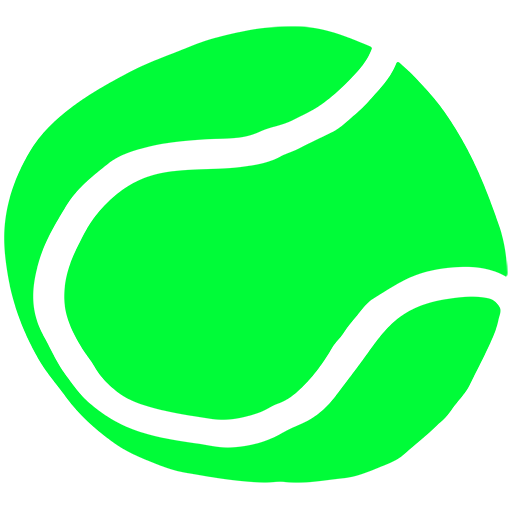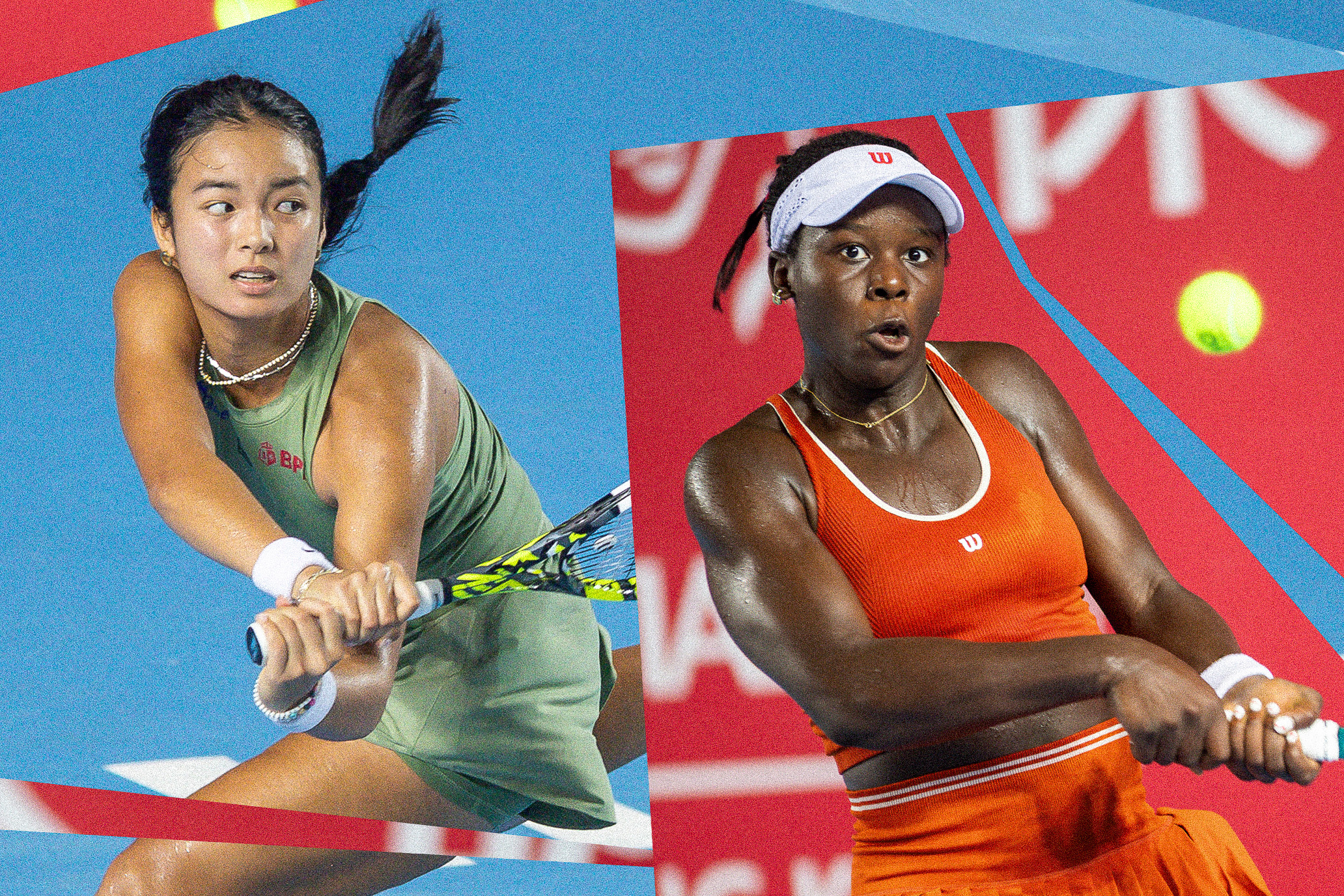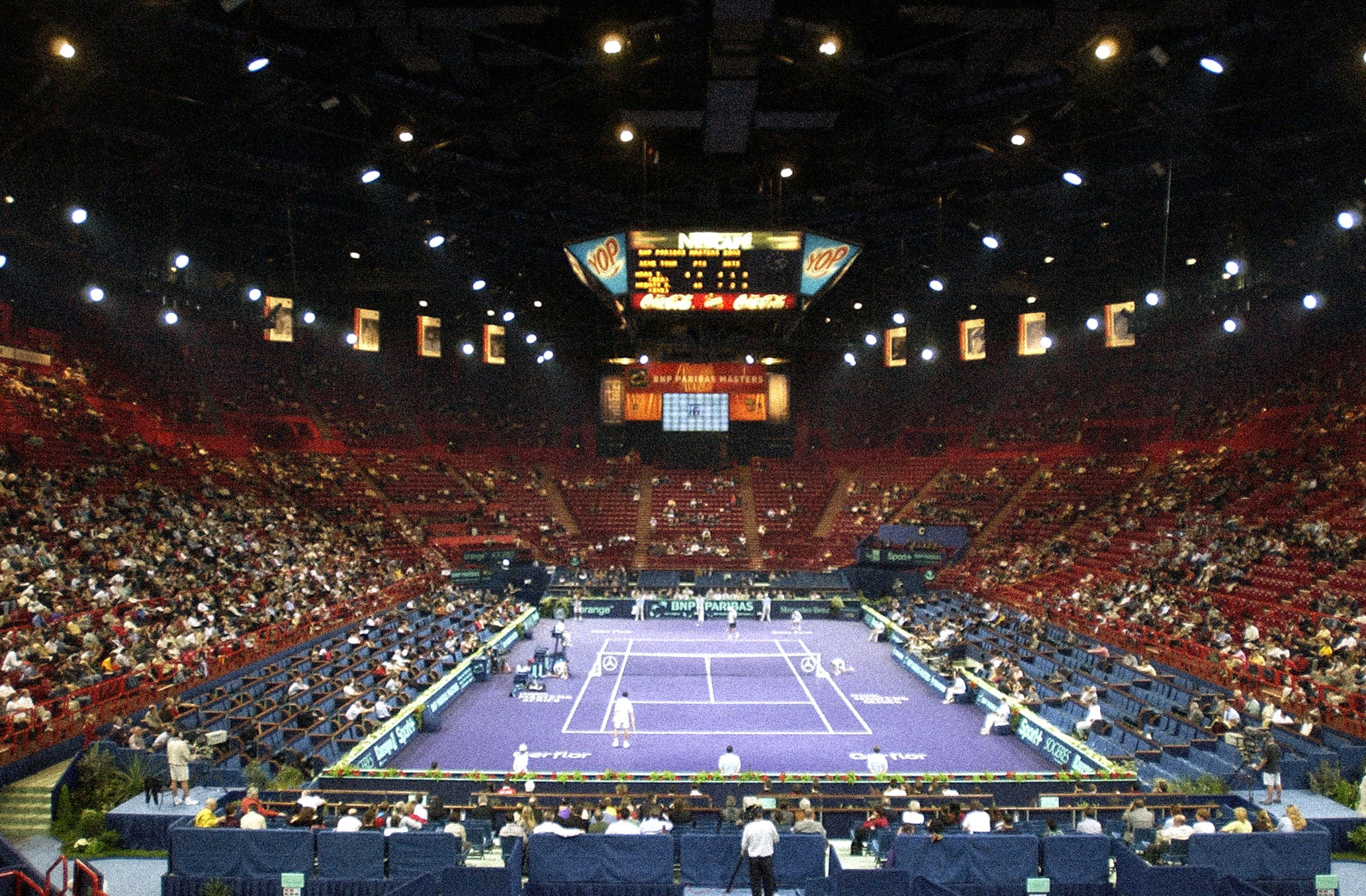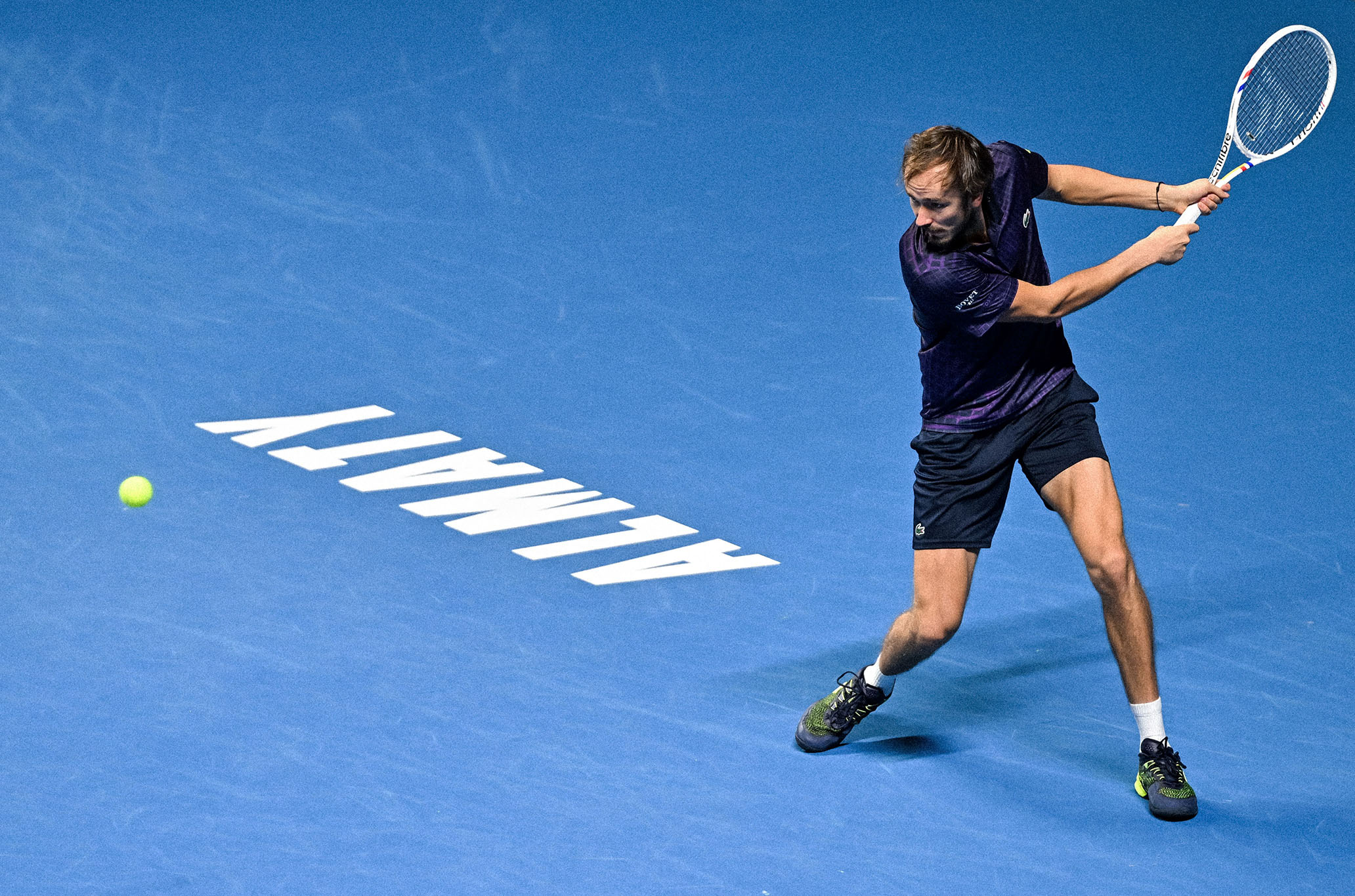Genie Bouchard’s Long Goodbye
Genie Bouchard’s Long Goodbye
It’s been a wild ride for tennis’ original influencer.
It’s been a wild ride for tennis’ original influencer.
By Giri NathanAug 1, 2025
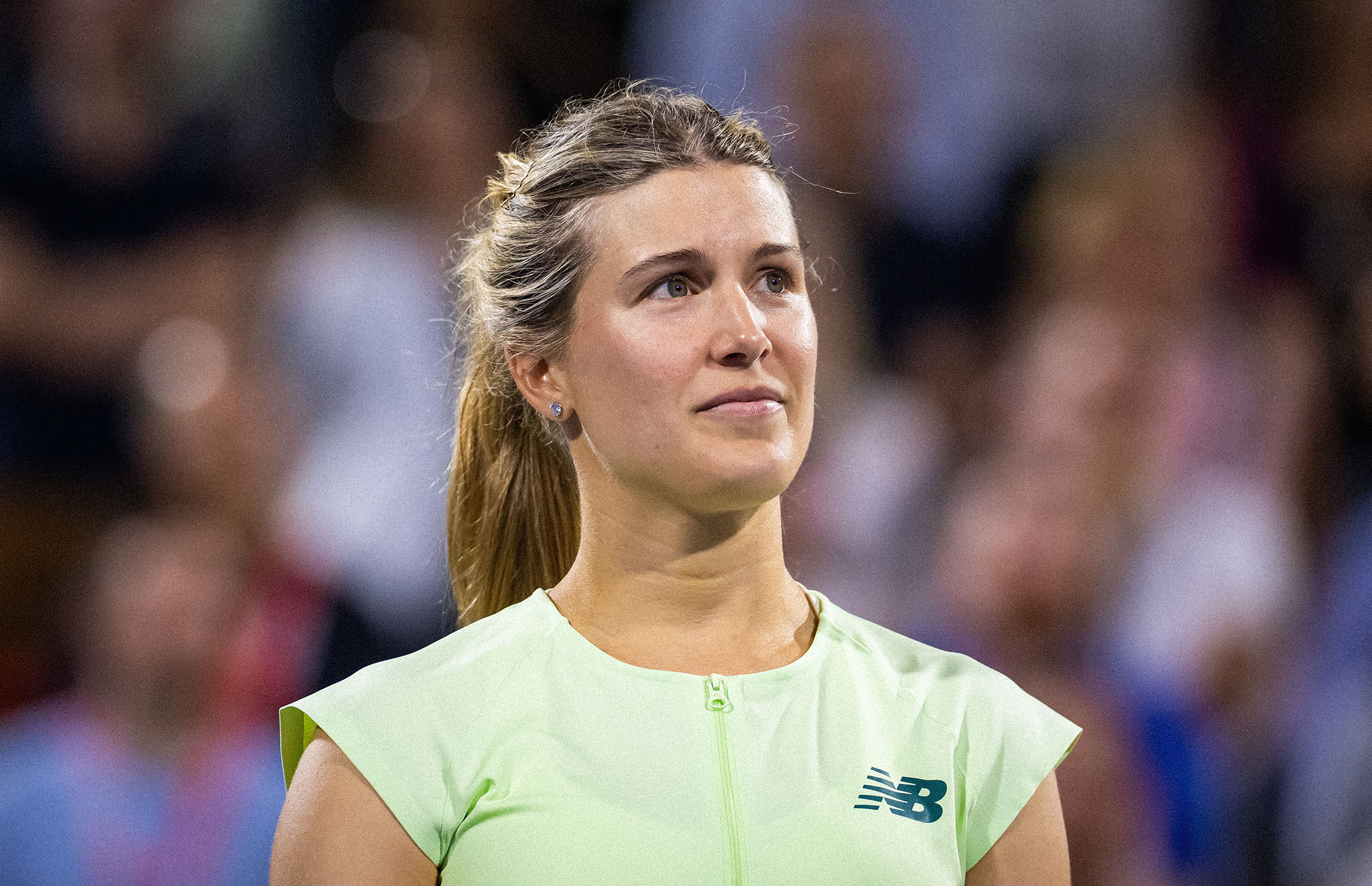
Genie Bouchard says goodbye at the National Bank Open in Montreal. // Getty
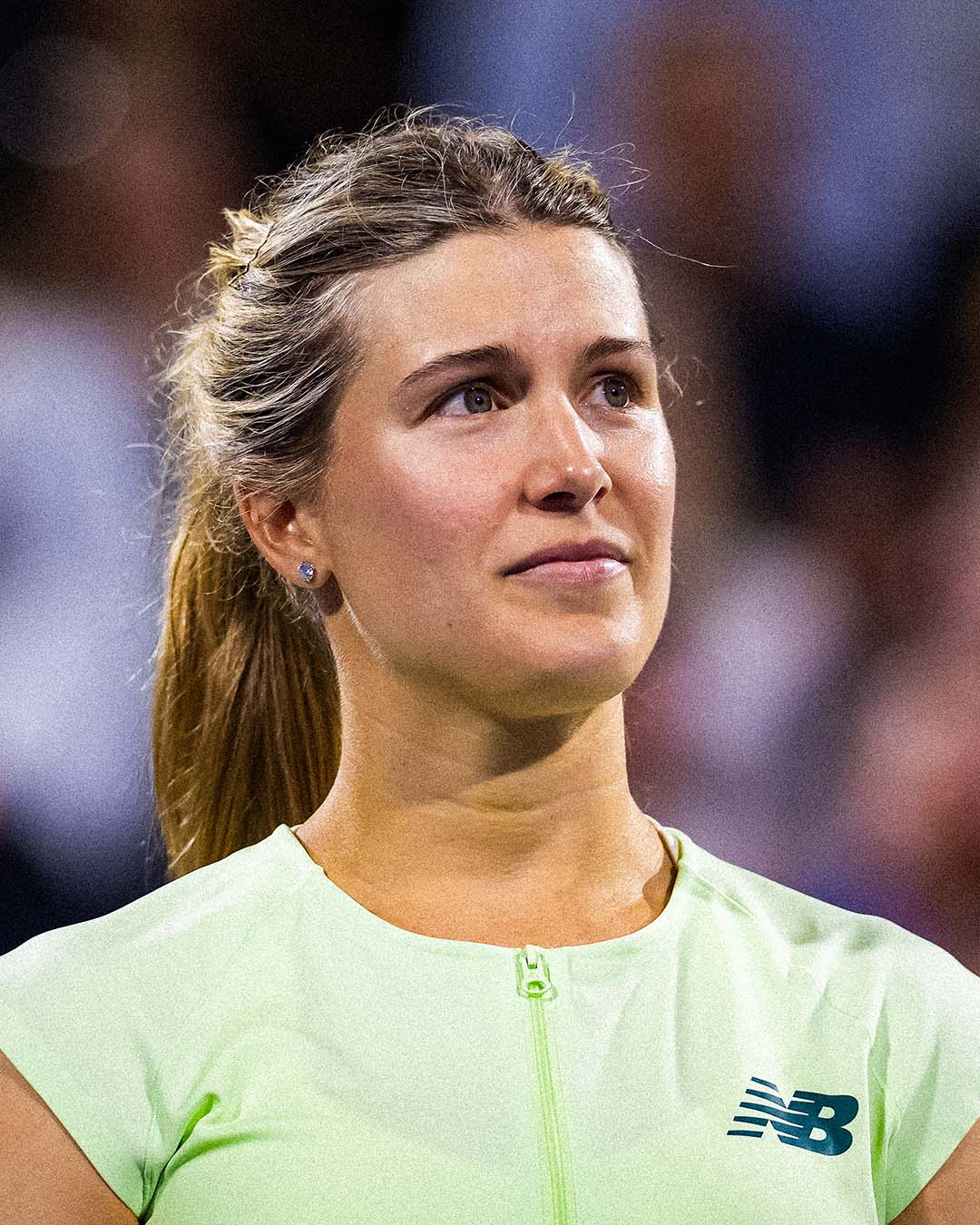
Genie Bouchard says goodbye at the National Bank Open in Montreal. // Getty
Tennis success is so fickle. In the 2014 season, Eugenie Bouchard turned 20 years old and shot up the rankings. She had an aggressive style, sitting on the baseline and taking the ball early with compact, almost stilted ground strokes. She was a semifinalist at the Australian Open, semifinalist again at Roland-Garros, runner-up at Wimbledon. By the end of the season, she was No. 5 in the world. Bouchard achieved many firsts for Canadian tennis. After a run like that, she appeared to be on course for a Hall of Fame career.
As we now know, that isn’t how her career played out. In the following 2015 season, her results settled back down to earth. During a strong fourth-round run at that year’s US Open, Bouchard slipped on a tile floor in the locker room and suffered a concussion, an injury that forced her to withdraw from the tournament and, as her lawyers would later argue in U.S. federal court, hampered the rest of her career. (In 2018, Bouchard and the USTA reached an undisclosed settlement.) Sadly, I might have followed this legal saga more closely than her on-court highlights from this point onward, all the way up to her retirement from tennis this week.
If the post-concussion symptoms that followed that fall were as serious as those alleged in the lawsuit, that would indeed be tragic. It is also possible that, for any number of reasons unrelated to that fall, Bouchard just happened to produce her career masterworks before embarking on her 20s, like a Nas or Rimbaud. It was always going to be a challenge to try to replicate the magic of 2014. Sometimes tennis players start out hot, only to get solved by opponents over time. It happens. Here, though, the decline was shockingly abrupt. Bouchard was ranked No. 47 in the world at the end of 2016, then No. 81 in the world at the end of 2017. A few months later she was out of the top 100, where she would remain for almost the whole remainder of her career.
Through it all, Bouchard was still very much…around. In fact, she was making some of the best money of any female athlete in the world, according to Forbes lists published in 2017 and 2018, the same years of her on-court decline. No matter how the tennis matches were going, brands continued to deem her a compelling saleswoman. She modeled. She posted a lot of “lifestyle” images on social media. She did some cheesy stunts, like agreeing to go on a date with a random internet user after a wager on the outcome of the 2017 Super Bowl. When the prize money dried up for Bouchard, she found that she could still monetize attention. Eventually the traditional high-end tennis sponsors stopped renewing the contracts. One day you’re peddling Babolat racquets, the next day you’re peddling an e-book about cryptocurrency.
This is the move that probably soured many tennis fans on Bouchard: becoming a hybrid professional tennis player/influencer. Perhaps the fans felt that a genuine athlete shouldn’t stoop to this stuff. Perhaps she was just too abrasive and frequent with the posts. Perhaps this “secure the bag” mentality wasn’t going to win her much sympathy, given her preexisting reputation and upbringing. (She was born to an investment banker dad, who tried to devise a scheme so her tennis training costs would count as tax-deductible business losses, only to be denied in Canadian court, which ruled that these were actually just personal expenses and a 9-year-old Eugenie did not have the capacity to sign away future earnings.)
Or perhaps Bouchard was just a little ahead of her time. Because that’s pretty much what all the top players do now, without much hate—shill things on Instagram. On-court prize money has always been a fraction of what players can make on ads. As a society we have figured out how to spend even bigger chunks of our days consuming such ads, often dressing them in the guise of things that are not ads. With the memory of her spectacular 2014 season fading, Bouchard was like so many people at this dire moment in culture: trying to take a short bit of fame and spool it out into a longer-lasting revenue stream.
Amid all those extracurricular activities, Bouchard did keep touring, and in spite of injuries and struggles with form, she had an interesting result here and there in her late career. She only let up in 2024, when she accepted the fate of a near-terminal tennis player: pickleball. For a time she played both games professionally. Earlier this year the 31-year-old Bouchard announced that she would be retiring from tennis at her home tournament in Montreal, where she played some excellent matches this week. She won a three-setter against Emiliana Arango, and in the second round she nearly pulled off the upset of world No. 20 Belinda Bencic. As for what’s next? She’s not sure yet. But it’ll probably be hard to miss.
